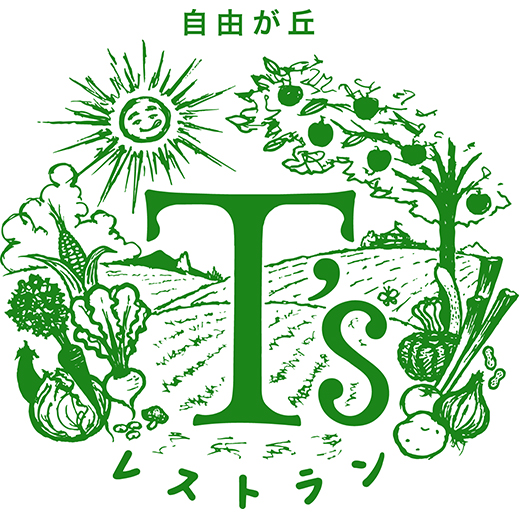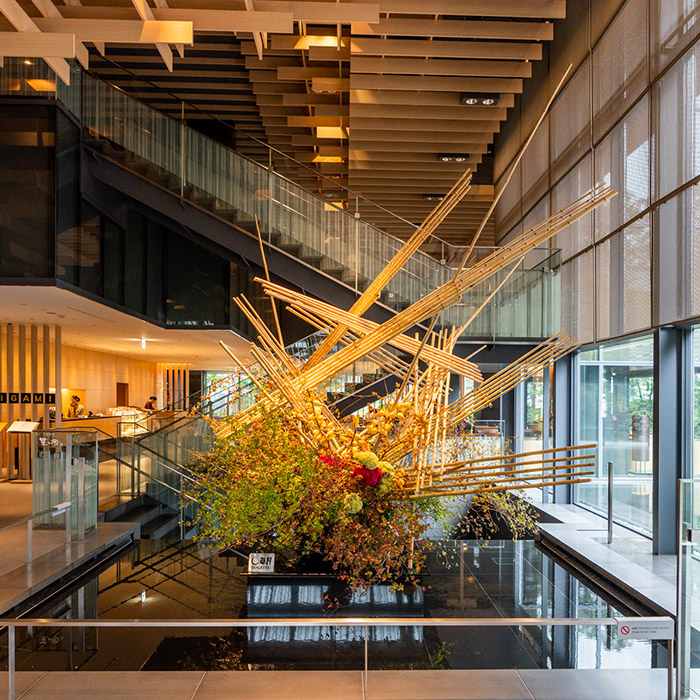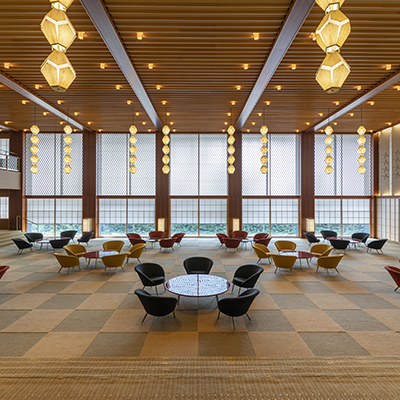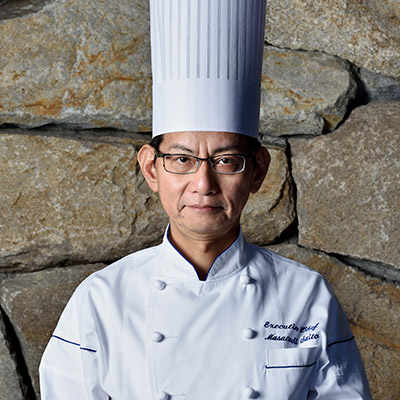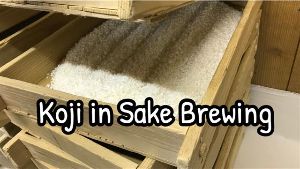October 7, 2025
Learning from Gion Tsujiri's 150 Years of History—The Present and Passion of Matcha
Matcha, which started as a key part of the Japanese tea ceremony, is now loved worldwide. Gion Tsujiri, founded over 150 years ago, has long been closely connected to the tea ceremony and continues to uphold this rich tradition. We spoke with Ms. Ide from the Public Relations Department of Gion Tsujiri about the company’s history and its lasting relationship with matcha.Matcha’s Roots in the Tea Ceremony
Originally, matcha was mostly enjoyed during the tea ceremony — one of Japan’s unique cultural arts, known as geido. The tea ceremony is characterized by a calm and peaceful atmosphere, reflecting the aesthetics of wabi-sabi. It embodies Japanese values of harmony, respect, purity, and tranquility — often summarized by the phrase wa-kei-sei-jaku — and is closely connected with Zen philosophy.Within the tea room, the focus is on fostering harmony with the guest and demonstrating respect through genuine hospitality. Matcha, so closely linked to this iconic Japanese tradition, has now surpassed age and nationality, captivating people worldwide. Today, thanks to its high nutritional value and versatility, it is incorporated into a wide variety of products such as sweets, ice cream, and lattes.
From Tea Fields to Your Cup — The Journey of Matcha
Tea leaves can be harvested only once a year on a special day known as Hachijū-hachi-ya, the 88th day after the first day of spring. This marks the start of the tea-picking season. The fresh leaves are processed into tea for everyday consumption. Matcha, however, requires an additional step: after processing, the tea must be stored and aged for a specific period before it is ready to be ground into matcha powder. As a result, matcha made from that year’s harvest typically becomes available in autumn.At Gion Tsujiri, the company primarily uses leaves harvested in early summer. Producing high-quality matcha is a labor-intensive process, which contributes to its relatively high price. Yet demand continues to grow. Responding to this demand, some tea growers who previously focused on sencha or other teas have shifted their production to matcha. Even so, the overall supply of tea leaves has not kept pace, leading to shortages for both matcha and other tea varieties. To address this challenge, Gion Tsujiri has placed limits on the amount of matcha available for purchase to maintain a stable supply.
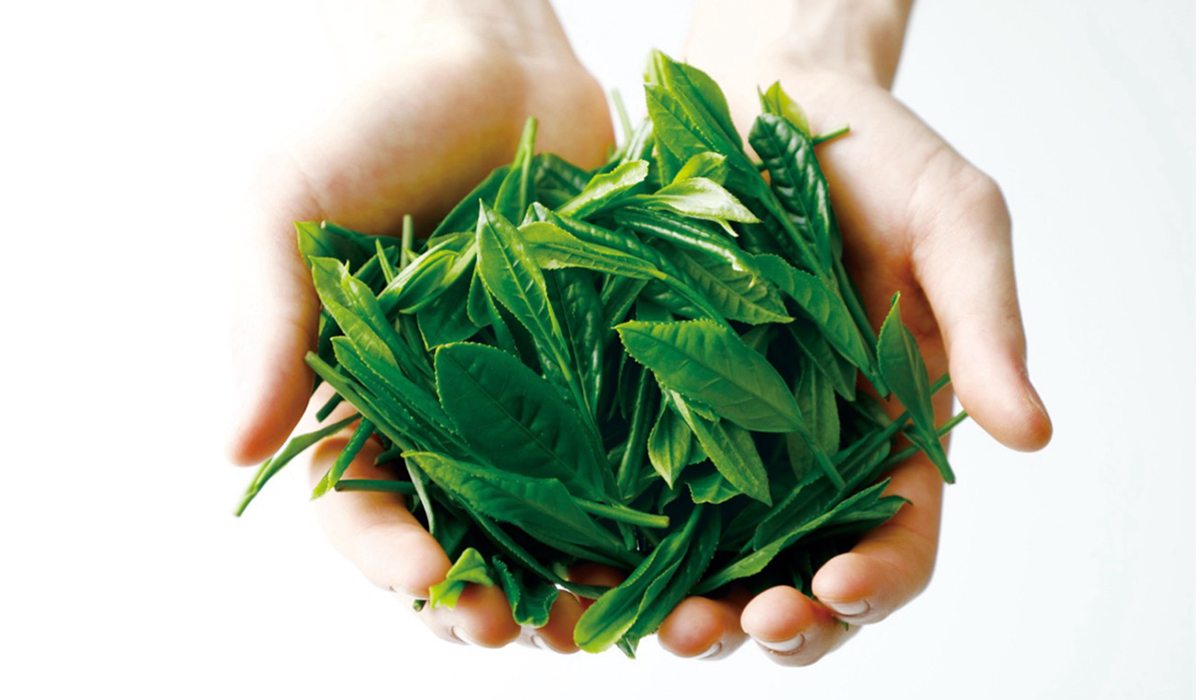
The Influence of Inbound Tourism
According to the company’s spokesperson, the impact of inbound tourism varies by store. At the leading shop in Kyoto’s Gion district, which welcomes many student groups on school trips, the ratio of Japanese to foreign visitors is about half and half. Meanwhile, at the newly opened store in Osaka’s Shinsaibashi, international tourists make up the overwhelming majority of customers.To meet the needs of these diverse visitors, Gion Tsujiri has assigned multilingual staff and provides multilingual product catalogs and signage to offer a more welcoming experience. When asked about Tsujiri’s café brand, Tsujiri Tea House (known in Japan as Saryo Tsujiri), the spokesperson noted that cafés tend to see more Japanese customers than tourists. Still, the company has introduced multilingual menus and QR-code ordering systems in some locations to create a more accessible environment for international visitors.
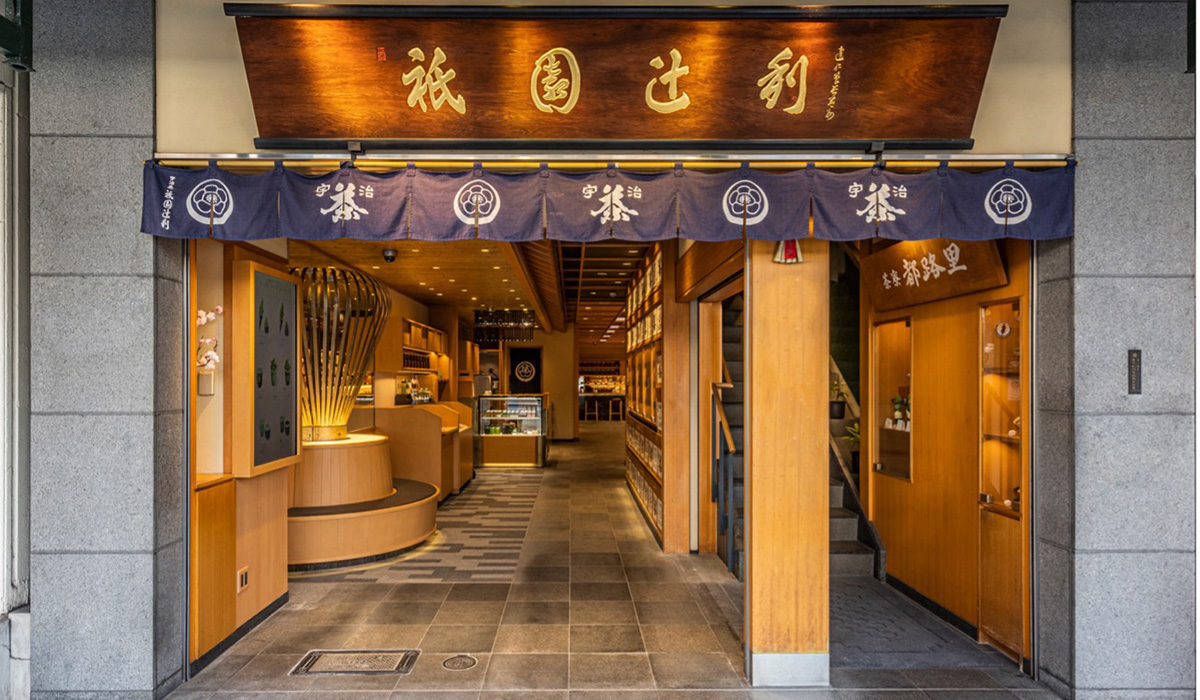
Gion Tsujiri’s Carefully Selected Tea Leaves and Long-Selling Favorites
Gion Tsujiri handles more than 30 types of matcha. Among them are special blends named by the heads of primary tea ceremony schools, including one bestowed by the late Sen Genshitsu, the former Grand Master of the Urasenke school.Alongside these traditional blends used for tea ceremonies, the company also offers matcha for casual use, including those designed for confectionery. This dual approach — honoring tradition while making matcha accessible to a broader audience — is one of the hallmarks of Gion Tsujiri’s appeal.
In its cafés, customers can enjoy teas such as Kenkyu-no-Shiro and Juttoku, which are also used at Kennin-ji, a temple often regarded as the birthplace of Japanese tea culture. Matcha-based confections are also popular. Among them, the long-selling Tsujiri-no-Sato is especially beloved. This treat combines two types of rolled wafer cookies: one filled with matcha cream, and another made with matcha-infused wafers filled with white cream.
Dedication to Authentic Flavor Shines Through Collaborations
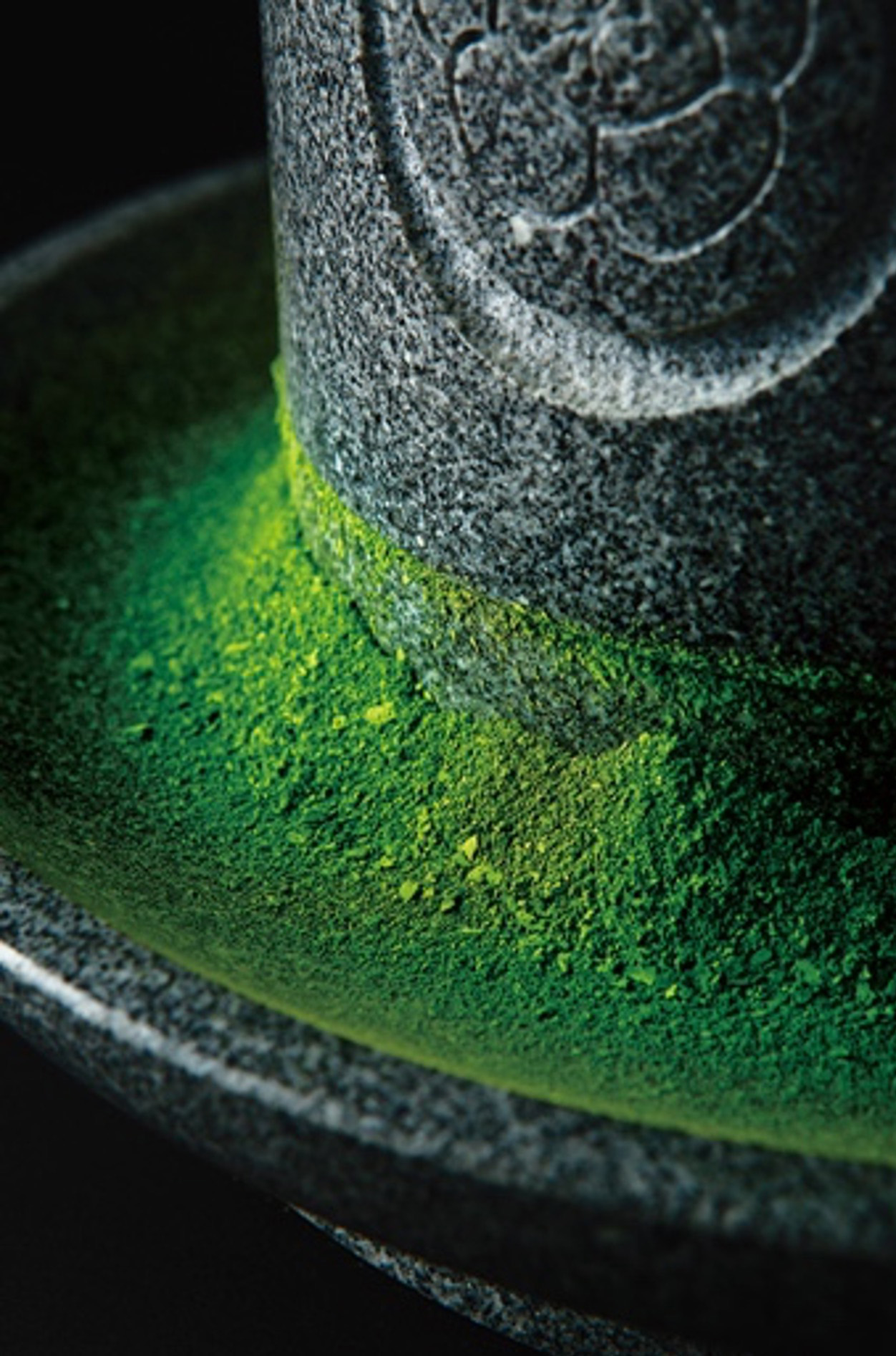
When collaborating with other companies, Gion Tsujiri carefully selects partners who share the same passion and commitment to quality. Because matcha is delicate, maintaining its authentic flavor requires dedicated efforts and flexibility from all involved.
This mutual respect and shared determination between Gion Tsujiri and its collaborators have raised the standard of matcha-based products, leading to the creation of beloved, high-quality hits that resonate with consumers.



